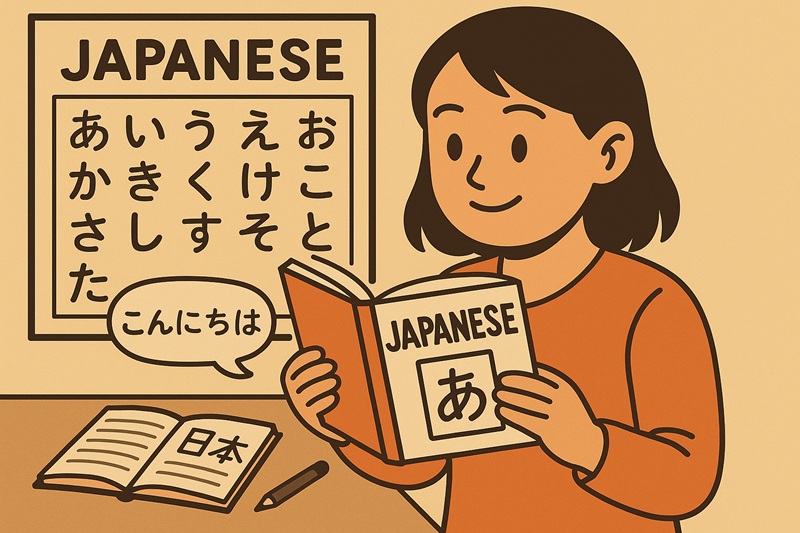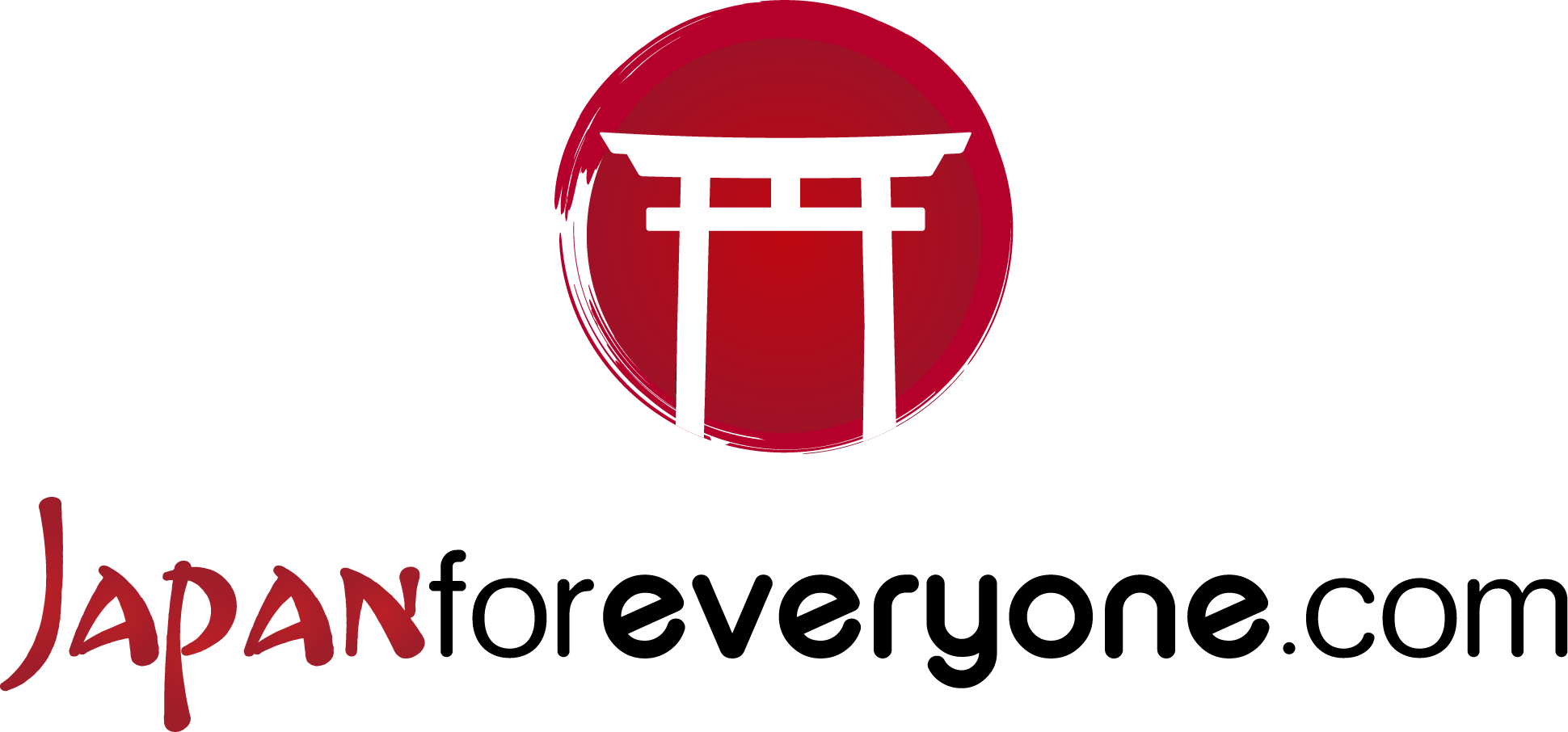The Japanese language
The official language in Japan is Japanese.
Unlike English, written Japanese doesn’t use an alphabet (although it is used in certain cases), but syllabaries and a set of symbols.
There are two syllabaries: hiragana and katakana. The first is used for native Japanese words and grammatical particles; the second for words of foreign origin. Hiragana is also used to write the reading of kanji (in that case called furigana or yomigana).
Actual words are written with kanji (symbols imported from Chinese) – those mysterious characters we often see but don’t understand.
A Japanese person needs to know about 2,000 kanji to be able to read a newspaper or a book.
Fortunately, there is also romaji (our Latin alphabet), and in the main tourist cities there are signs using Western characters.
Since learning such a difficult language isn’t really worth it just for tourism, we can rely on English — but only up to a point. In fact, Japanese people don’t speak much English and often pronounce it in a “peculiar” way. In recent years, however, English proficiency has improved, especially in hotels, stations and airports.

